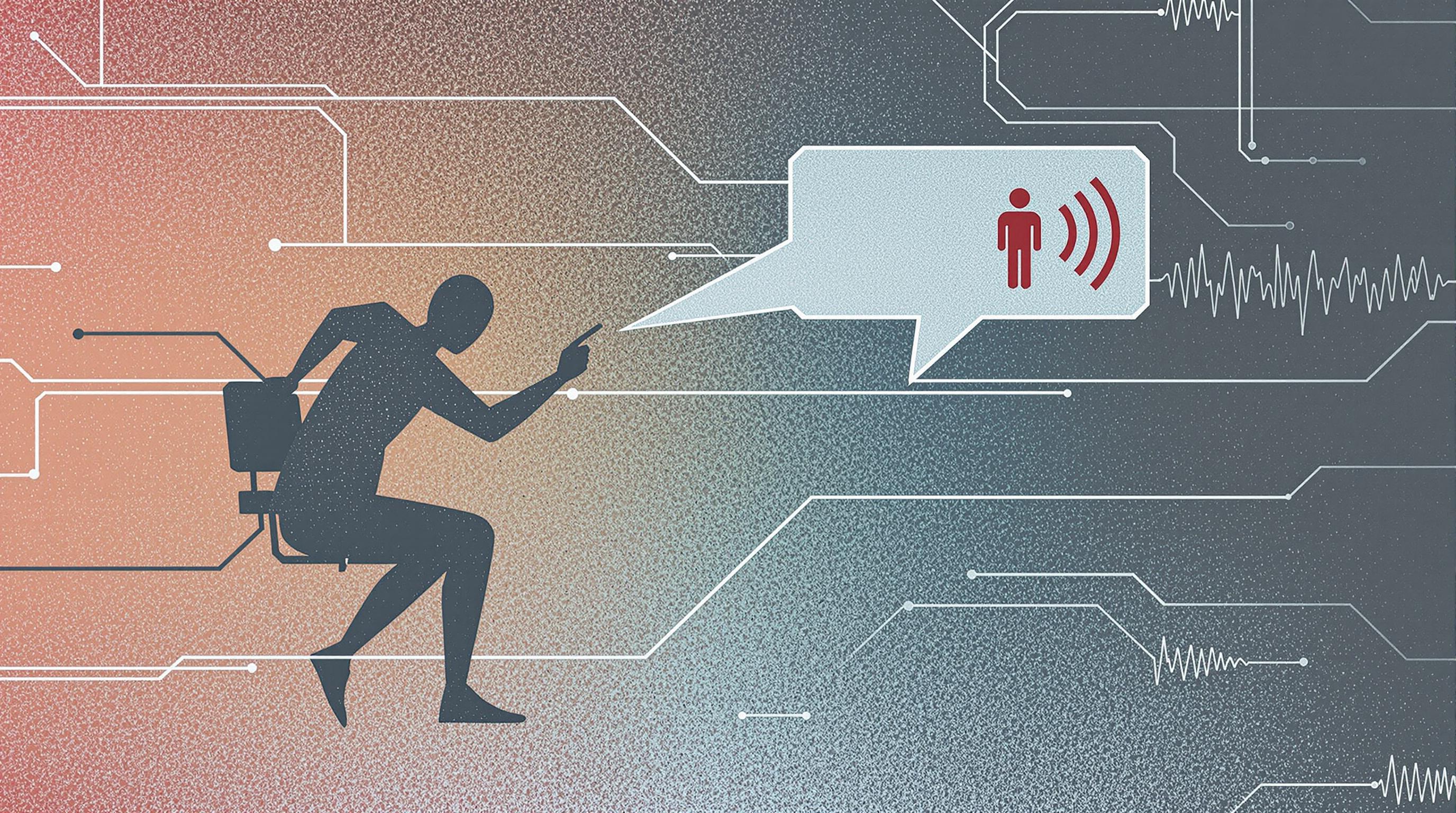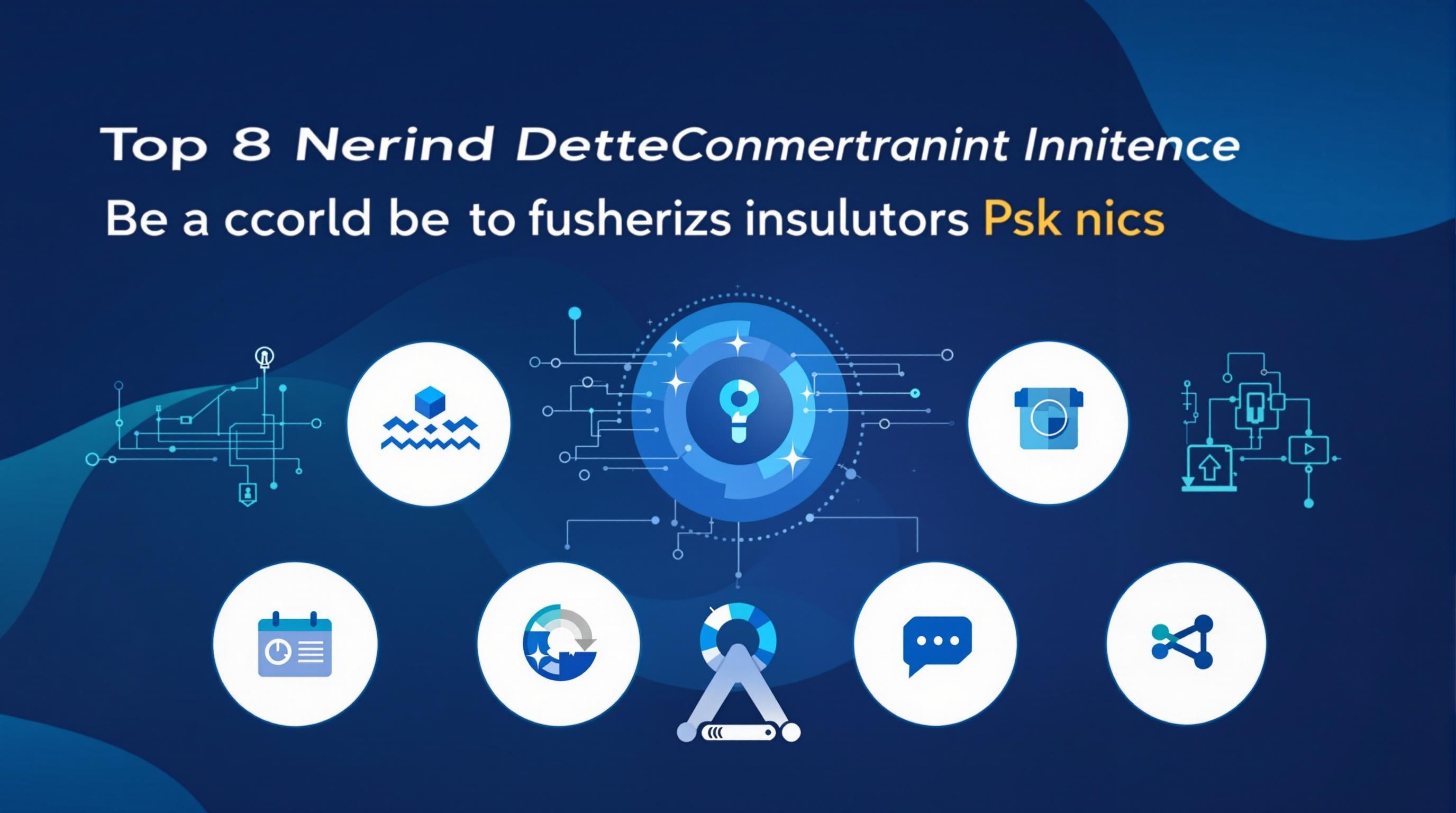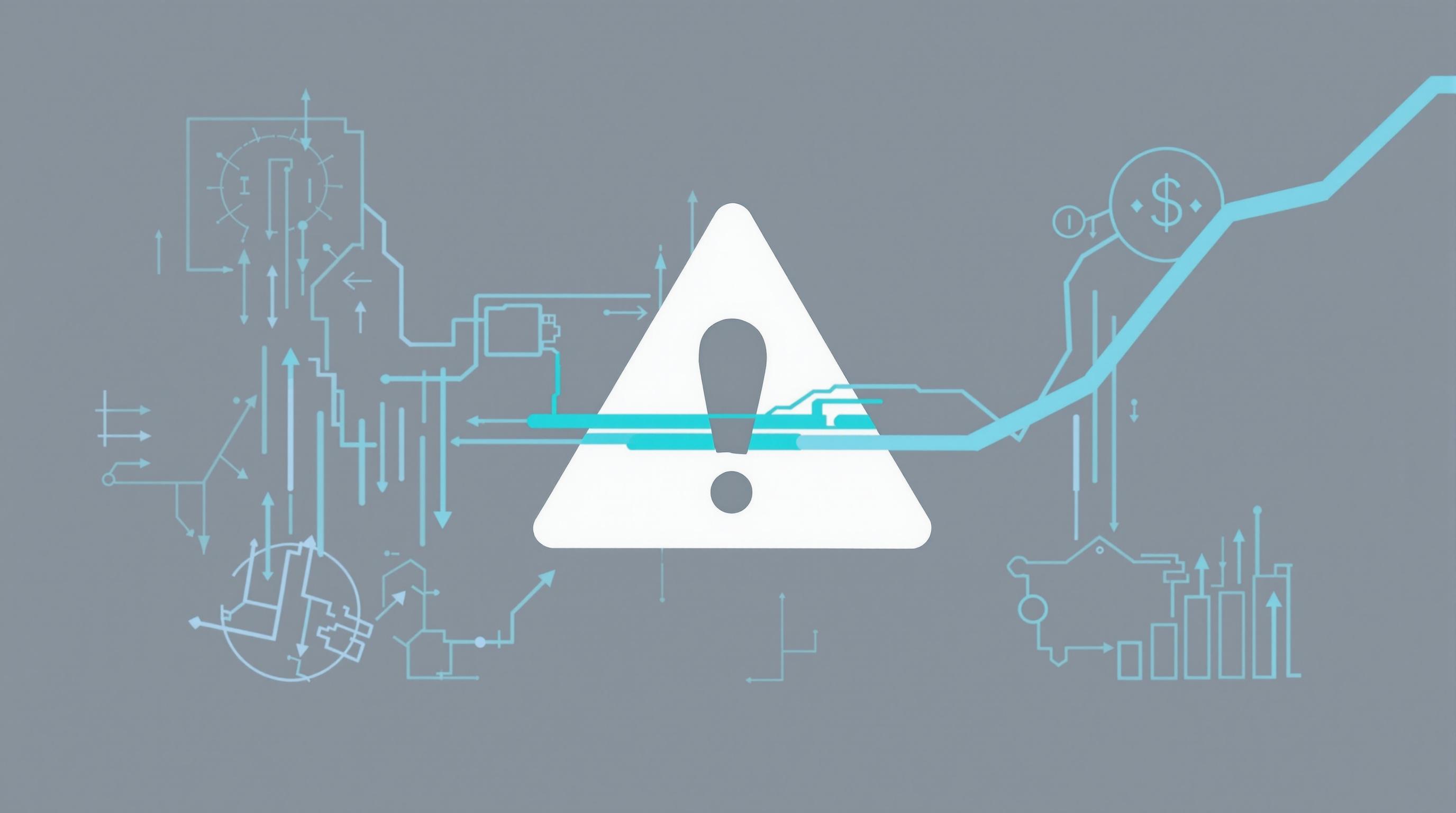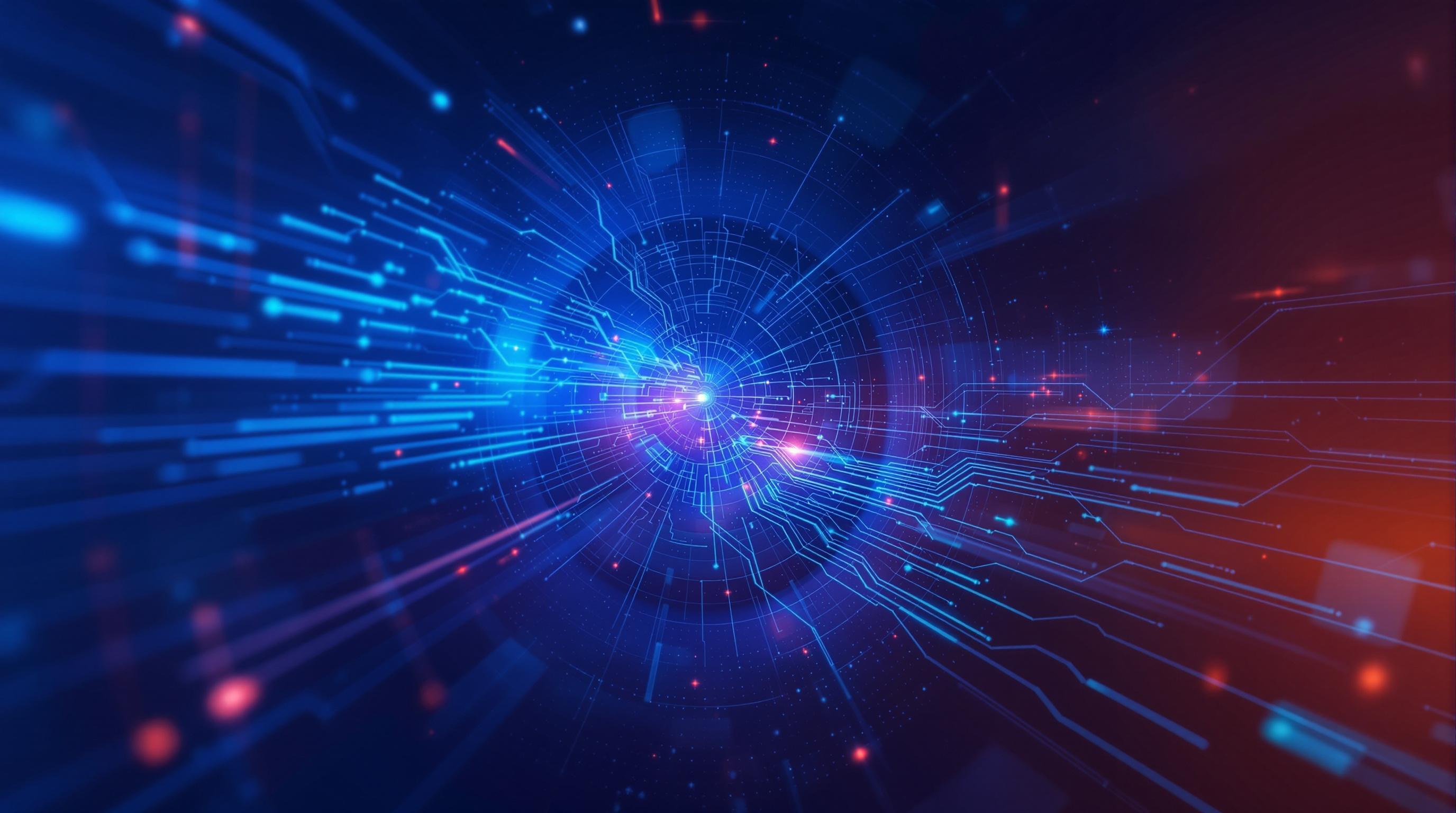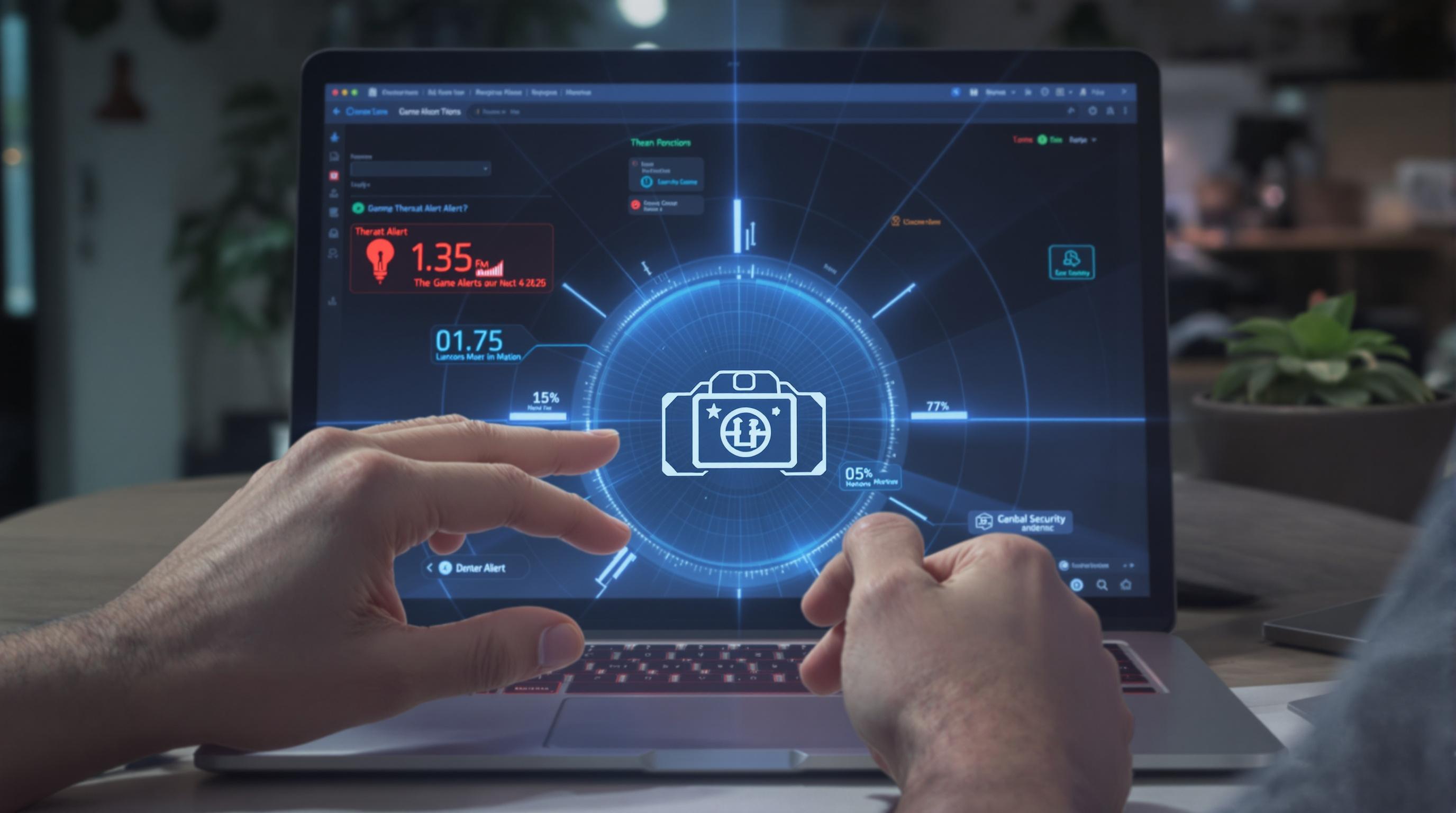Related Articles
- Unveiling the Silent Effects of Malware Residue on IoT Devices and What It Means for Your Connected Home Security
- Top 6 Game-Changing Email Security Suites Released Since 2019 That Actually Stop Cyber Trickery
- The Hidden Impact of AI-Driven Voice Assistants on Your Device’s Safety: Risks Nobody Talks About
- Top 6 Stealth Encryption Products Redefining Data Privacy You Haven’t Heard About Since 2019
- Exploring the Influence of Wi-Fi Radiation on Human Sleep Patterns and Cognitive Health in Modern Living
- Top 8 Stealth Malware Cleaners from the Past 5 Years That Outsmart Evasive Threats
9 Unseen Threat Alerts That Could Reshape Cybersecurity Strategies You Haven’t Considered Yet
9 Unseen Threat Alerts That Could Reshape Cybersecurity Strategies You Haven’t Considered Yet
9 Unseen Threat Alerts That Could Reshape Cybersecurity Strategies You Haven’t Considered Yet
1. Deepfake Phishing Attacks
Deepfakes use AI to create convincing fake videos or voice recordings. Hackers can impersonate executives or trusted contacts to deceive employees. These attacks bypass traditional email filtering and social engineering defenses.
Unlike standard phishing, deepfake attacks add a layer of authenticity that traps even vigilant staff. Cybersecurity teams must develop detection methods specific to synthesized media. Training alone will no longer suffice.
Companies should invest in AI tools that analyze voice patterns and video authenticity. Preparing response protocols for manipulated media is critical. Ignoring this emerging threat risks costly breaches and brand damage.
2. Hardware-Based Side-Channel Attacks
Side-channel attacks exploit physical implementations of computers, not software vulnerabilities. Attackers monitor power consumption, electromagnetic leaks, or timing data to extract secrets quietly. These methods are difficult to detect using traditional software security.
The rise of Internet of Things (IoT) devices widens attack surfaces vulnerable to side-channel methods. Many embedded systems lack adequate protections against physical probing. This shifts cybersecurity focus from digital to physical safeguards.
Organizations must layer protections, including shielding, noise injection, and hardware tamper detection. Rethinking perimeter defense to include physical environment security becomes essential as attackers grow sophisticated.
3. AI-Powered Malware Generation
Artificial Intelligence can help attackers write new malware variants faster than signatures can be updated. These polymorphic malwares evolve by themselves, evading traditional antivirus systems. Detection must keep pace with AI-driven innovations.
Cyber defenders require AI-augmented tools to analyze behaviors rather than just code signatures. Behavioral anomaly detection combined with real-time response limits damage. Static defenses become obsolete in the race against AI adversaries.
Investment in continuous learning systems and human-machine teaming is essential. CIOs need strategies that leverage AI offensively and defensively. Failing to adapt risks permanent exposure to ever-shifting threats.
4. Supply Chain Malware Injection
Attackers target software supply chains to insert malware into trusted applications. This method breaches many organizations simultaneously through a single supplier. It exploits trust relationships and bypasses endpoint security.
Recent high-profile attacks highlight the danger of unfettered third-party code injection. Supply chain security is no longer optional; it is fundamental to any defense posture. Assurance and auditing processes must be enhanced.
Measures include strict supplier vetting, binary signing, and continuous monitoring of dependencies. Cyber strategy must integrate ecosystem-wide risk management beyond the corporate firewall. Transparency and accountability become top priorities.
5. Quantum Computing Decryption Threats
Quantum computers threaten to break current encryption algorithms that secure data in transit and at rest. While still developing, quantum technology advances steadily, challenging long-term security assumptions. Failure to prepare jeopardizes future confidentiality.
Transitioning to quantum-resistant cryptographic algorithms is imperative now. Post-quantum cryptography standards are emerging, emphasizing lattice-based and multivariate schemes. Early adoption reduces vulnerability windows.
Organizations should inventory cryptographic assets and plan gradual migration. Hybrid encryption approaches combining classical and quantum-resistant methods provide interim protections. Preemptive adaptation minimizes future disruptions and data exposure.
6. Insidious Credential Stuffing with AI Automation
Automated AI systems performing credential stuffing attacks intelligently guess login credentials at scale. They circumvent lockout policies by mimicking human behavior. This elevates risks for services relying solely on username-password authentication.
Multi-factor authentication and adaptive access controls provide critical defenses. AI-driven security can differentiate between genuine users and automated bots. Static password policies alone prove insufficient in a rising AI threat landscape.
Cybersecurity frameworks must embed behavioral analytics and continuous authentication models. Education campaigns to reduce password reuse complement technical measures. Defenders must assume compromised credentials and mitigate impact accordingly.
7. Undetected Insider Threats Fueled by Remote Work
Remote work environments complicate monitoring and detecting insider threats. Employees operating outside secure perimeters can misuse credentials or data with less oversight. Traditional insider threat programs struggle to adapt to hybrid settings.
Advanced user and entity behavior analytics (UEBA) become necessary to spot deviations early. Privacy concerns require careful balancing with thorough monitoring. Transparent policies and regular audits maintain trust and security integrity.
Investing in zero-trust architectures that assign minimal privileges reduces risks. Continuous education and well-defined incident response plans help mitigate potential damages. Recognizing insider risks amid evolving work models is crucial for resilience.
8. IoT Botnet Evolution with AI Coordination
Internet of Things devices often lack robust security, making them targets for botnet creation. Sophisticated attackers now use AI to coordinate botnets that adapt and evade disruption attempts. This evolution magnifies the threat from distributed denial-of-service (DDoS) attacks.
Defending against AI-managed botnets requires scalable detection systems and automated mitigation. Network segmentation isolates vulnerable IoT from critical infrastructure. Vendors must prioritize security-by-design in device development.
Collaboration between manufacturers, service providers, and regulators enforces baseline protections. Consumer awareness campaigns highlight IoT security hygiene. The growing pervasiveness of connected devices demands zero-tolerance approaches.
9. Social Media Disinformation as Cyber Attack Vector
Disinformation campaigns on social media influence targeted groups and amplify cybersecurity risks. Hackers spread false information to confuse, manipulate, or coerce victims into compromising actions. Social engineering attacks gain potency in this context.
Cyber defense must expand to include monitoring and countering narrative manipulation as part of risk assessment. Collaboration with social platforms and law enforcement enhances threat intelligence. Educating users about misinformation tactics reduces success rates.
Incorporating social media signals into cybersecurity strategies anticipates emerging hybrid threats. Recognizing disinformation as a force multiplier for cybercrime broadens the defense horizon. Proactive communication is a vital tool alongside technical controls.
Conclusion
Emerging threats like deepfakes, AI-driven malware, and quantum computing demands challenge the status quo of cybersecurity. Traditional defenses alone will not suffice. Organizations must adopt forward-looking strategies that integrate AI, behavioral analytics, physical security, and ecosystem-wide risk management.
Preparation today involves early adoption of new technologies, continuous threat hunting, and ecosystem vigilance. Cross-sector cooperation and education are equally vital to combat increasingly sophisticated cyber adversaries. Ignoring unseen threat alerts invites costly breaches and operational loss.
Stakeholders must embrace a proactive mindset. The new cybersecurity battlefield is dynamic, multi-dimensional, and unforgiving. Vigilance, innovation, and adaptation will define resilience in this evolving landscape.
Sources:
1. IEEE Spectrum, “Deepfake Phishing: New Cyber Threats,” 2023.
2. NIST Post-Quantum Cryptography Project, 2024.
3. Gartner, “AI in Cybersecurity: Defensive Strategies,” 2024.
4. Cybersecurity & Infrastructure Security Agency (CISA), “Supply Chain Security Guidance,” 2023.
